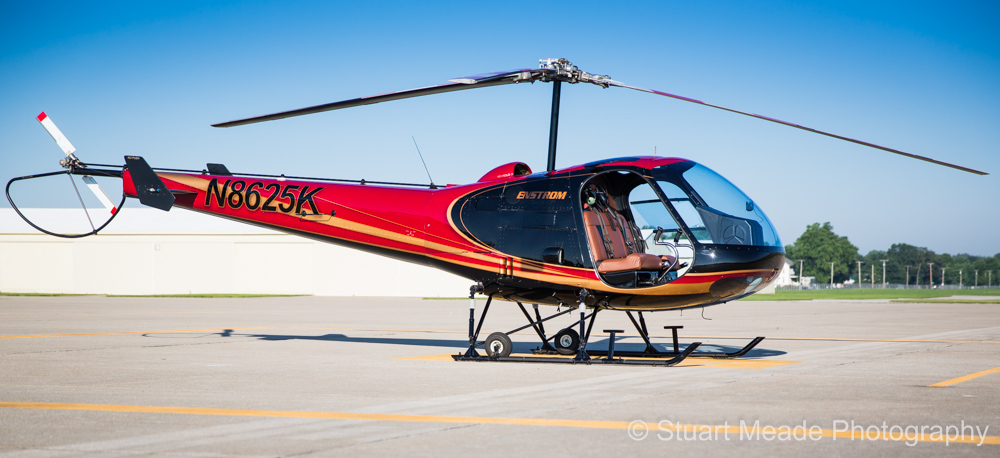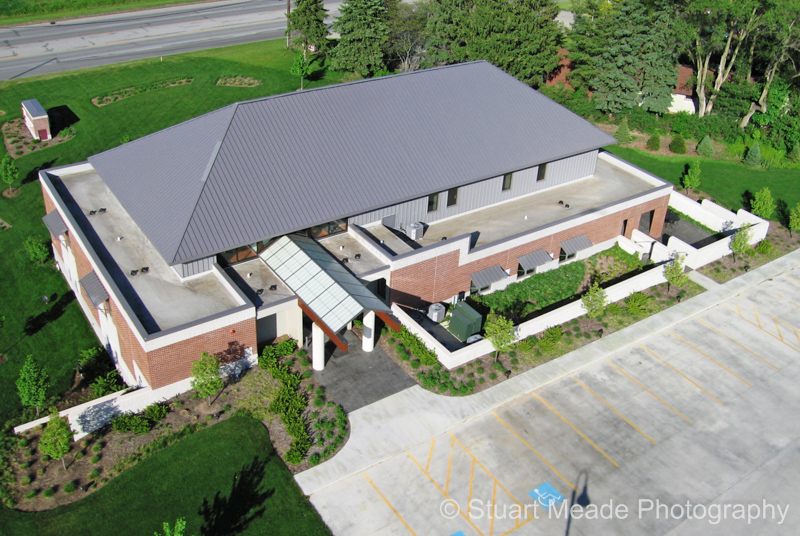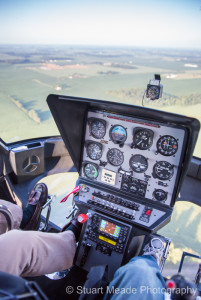
A helicopter, with doors removed, is the best platform for Aerial Photography
“Aerial photography” is a type of photography taken from a significantly elevated perspective. This perspective is achieved by using an airplane, helicopter, radio controlled model aircraft, kite, balloon or drone as the photographic platform. Helicopters are the best choice for taking aerial photos. They are much slower and more maneuverable than airplanes, and with the door removed, provide the photographer with a larger field of view and more composition options.
Aerial photography is almost always taken using an oblique perspective, meaning that the photograph is taken from an angle, usually between 10-45 degrees from the horizontal, to capture the most desirable view of the subject(s). Satellite imagery differs from Aerial photography because satellite photography is taken from a camera on-board a satellite and which typically takes vertically photos (straight down). These images, while they can be useful for rough measurements and site development, are usually not considered as interesting as oblique (angled) photography. This is because oblique aerial photography captures the depth of a scene and more resembles how we see the world on a day to day basis. This is why oblique aerial photos are more sought after than vertical.
Pole cameras are often used to capture a slightly elevated, ground based shots between 1-6 percent from the horizontal. A pole camera photographer usually mounts their camera on a 10-20 foot long pole and controls the camera remotely, either by a tethered chord, radio control or through a wifi connection using a smart phone or tablet. Pole cameras photos are especially popular with real estate agents and advertisers.

Indiana Office Building
Oblique aerial photos are often sought after by companies for use on their websites and promotional printed materials (such as brochures) to highlight the companies’ facilities, architecture and surrounding property.
Companies also use aerial photography to highlight special features, installations and renewable technologies including solar arrays. Colleges, cities and municipalities use aerial photography to highlight their recreational and natural resources including biking trails, sports fields and events, stadiums, courthouses and rivers and lakes.
Aerial Photography Pilots:
 Simply put, it is illegal for non-commercial licensed pilots to be financially compensated to carry passengers. Only commercially licensed pilots can be paid to take someone flying (including aerial photographers).
Simply put, it is illegal for non-commercial licensed pilots to be financially compensated to carry passengers. Only commercially licensed pilots can be paid to take someone flying (including aerial photographers).